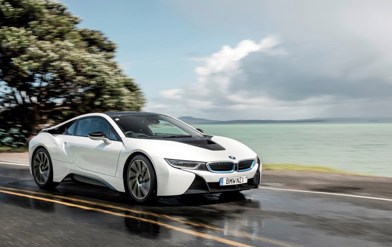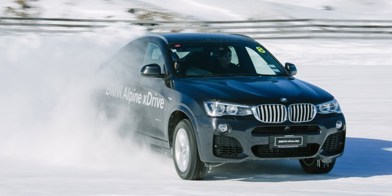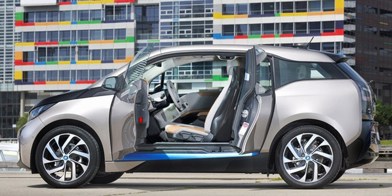Despite many headlines to the contrary (we are as guilty as any), the main point of the new Land Rover Defender 130 is not the number of seats. Which is eight.
That’s a lot for a family SUV, but to keep it in context the “smaller” (ha ha) Defender 110 can be ordered with seven. Using maths, we can see that’s just one less.
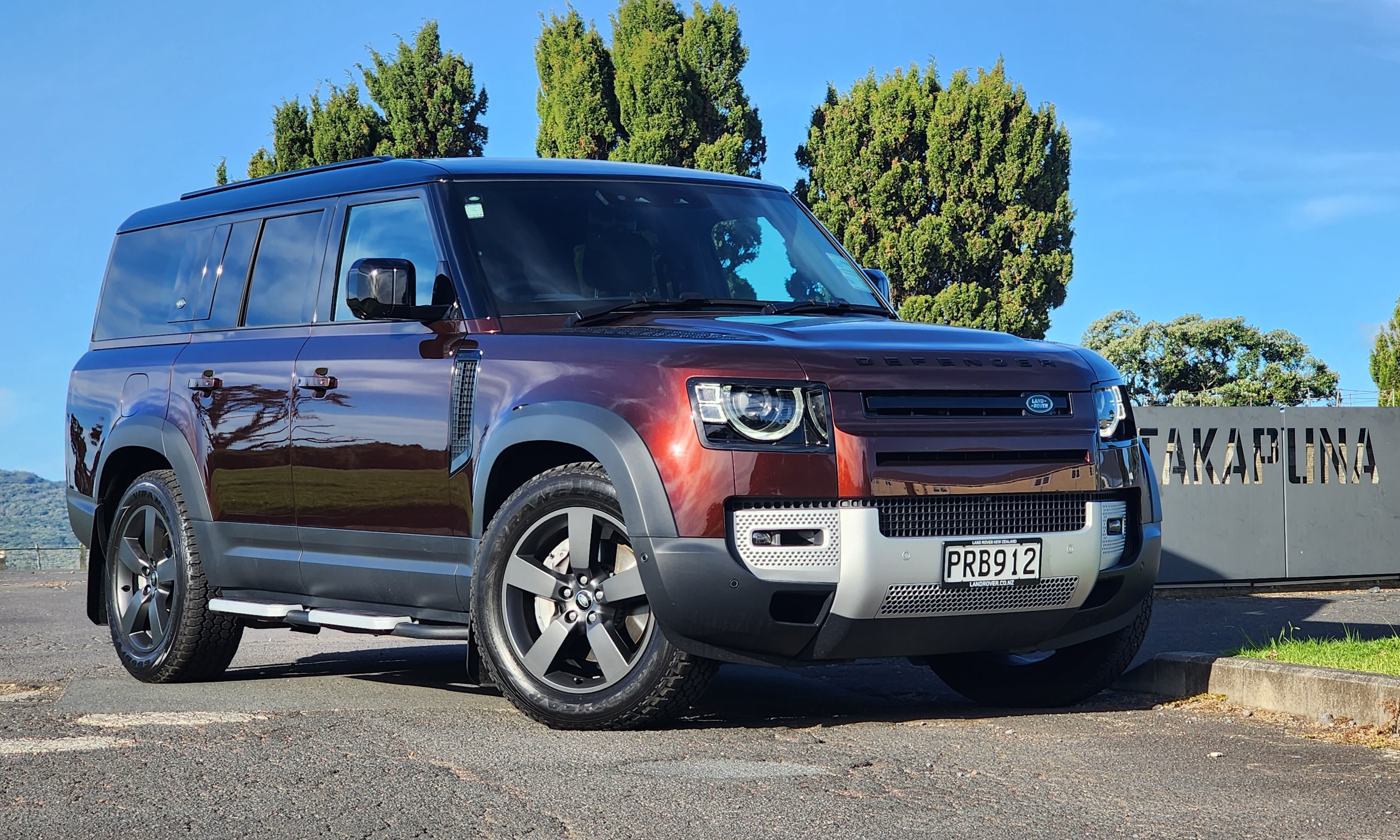
No, the point of the 130 is space and lots of it. For people and stuff. Probably dogs too; zoo animals could potentially roam free in there.
To help explain, a quick recap of the three-tier range might be in order. Back in the old days, there were 90, 110 and 130 versions of the Defender; the numbers signified the wheelbase lengths, in inches. Makes sense.
There are still 90, 110 and 130 Defender models; but the numbers don’t really mean anything any more, as is the fashion in the modern automotive industry. All they tell you is that the three-door 90 is the smallest, the 110 is the middle-sized model and 130 is the biggest.
In fact, there are now only two wheelbases in this trio. The 90 is 2587mm, while the 110 and 130 ride on exactly the same 3022mm platform. All of the extra 340mm length in the 130 is rear overhang, as you can no doubt see.
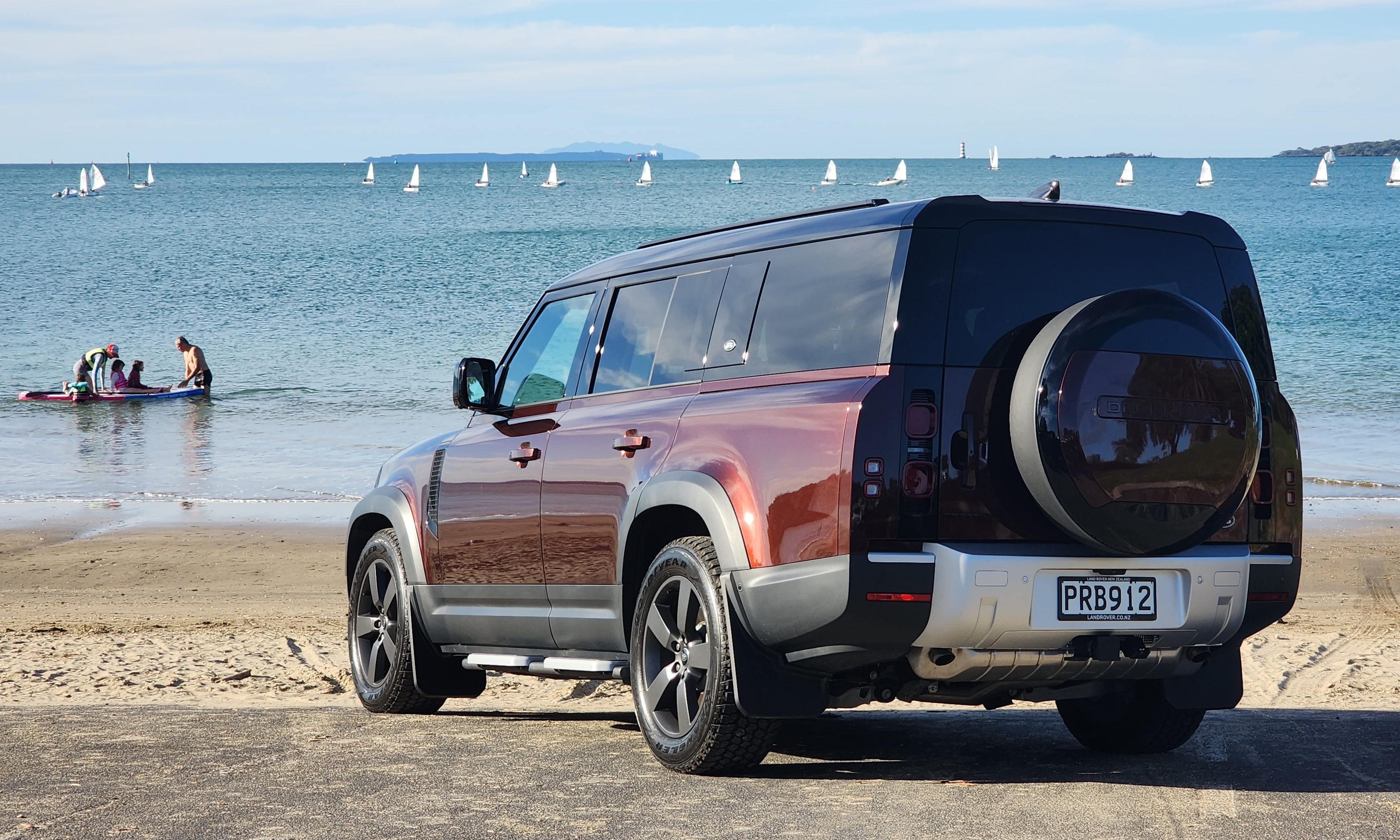
Say what you will about the look, but Land Rover reckons this design makes perfect sense because having the third row out past the axle means the entire width of the cabin can be used for occupant space/comfort. The other argument might be that it’s way cheaper to simply whack a shed out the back than engineer a longer-wheelbase platform for what’s a fairly niche model.
And yet, get into that very back row and you might find yourself nodding sagely in agreement with the Land Rover people. Access still isn’t brilliant, even once you’ve tilted and rolled the second row forward, but one you’re in there it’s a genuinely adult-sized third-row seat. Still not second-row levels of luxury – slightly knees-up – but for leg and headroom you certainly wouldn’t be complaining.
Width-wise three adults might still be a squeeze, but this is one epic seven-seater+1 - even when you consider that the maximum available legroom for the sliding second row is slightly down on the 110 due to the revised floorpan (it’s really nothing to worry about). It all takes the concept of the three-row SUV to the next level.
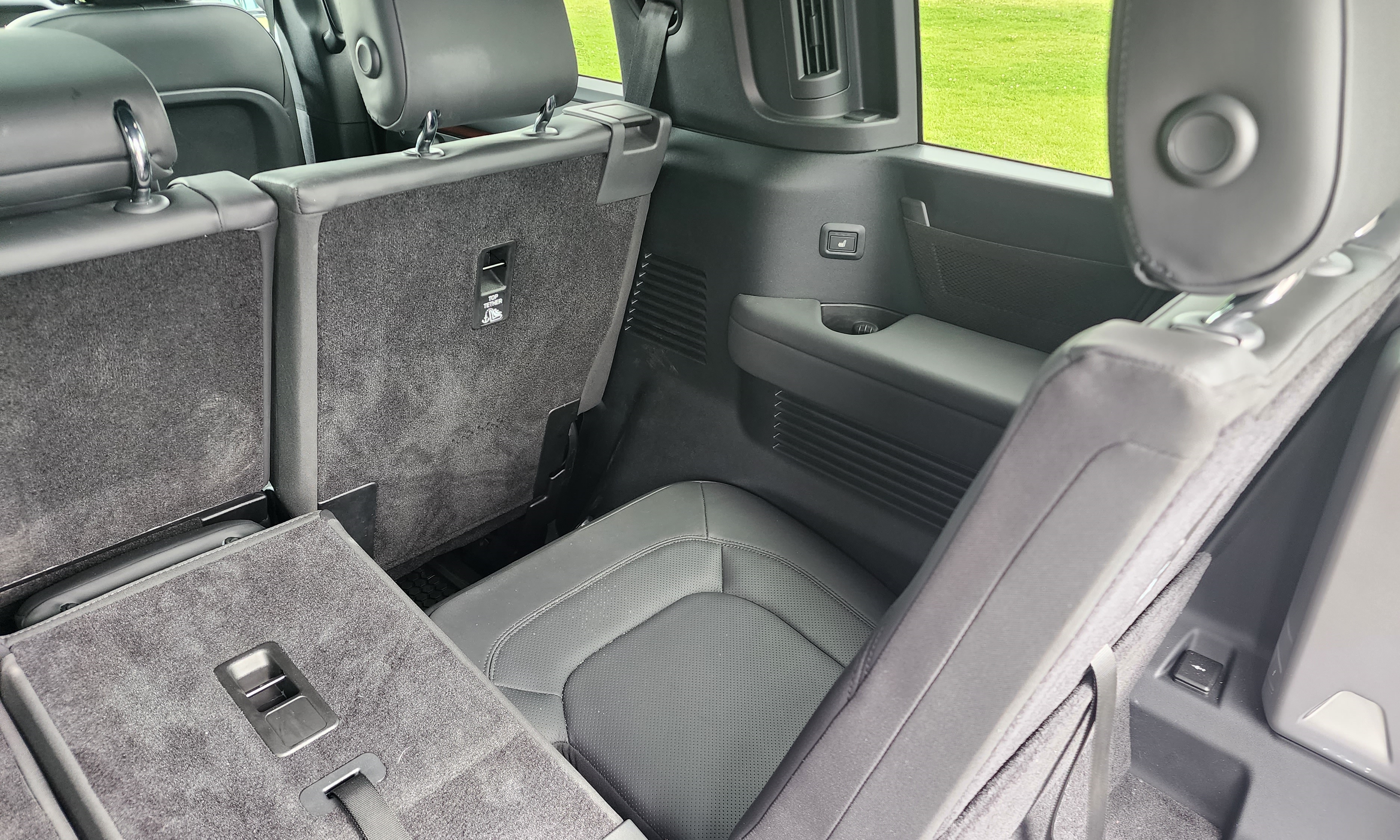
The other advantage of maintaining the same wheelbase as the 110 is that dynamically, you’re not dealing with a less agile machine on the open road. Any Defender is a lot to handle on-road, but like its smaller sibling the 130 is surprisingly predictable, supple and forgiving at speed.
The 130 is 250kg heavier, of course. But you don’t necessarily notice the difference. Any Defender feels heavy, but the suspension has been tweaked to compensate for the extra weight.
True, a longer wheelbase might result in an even more cushy ride. But there’s little to complain about with way the Defender HSE’s air-suspended chassis deals with the blacktop, so it’s a non-issue. We’ll take a more wieldy 130 any day.
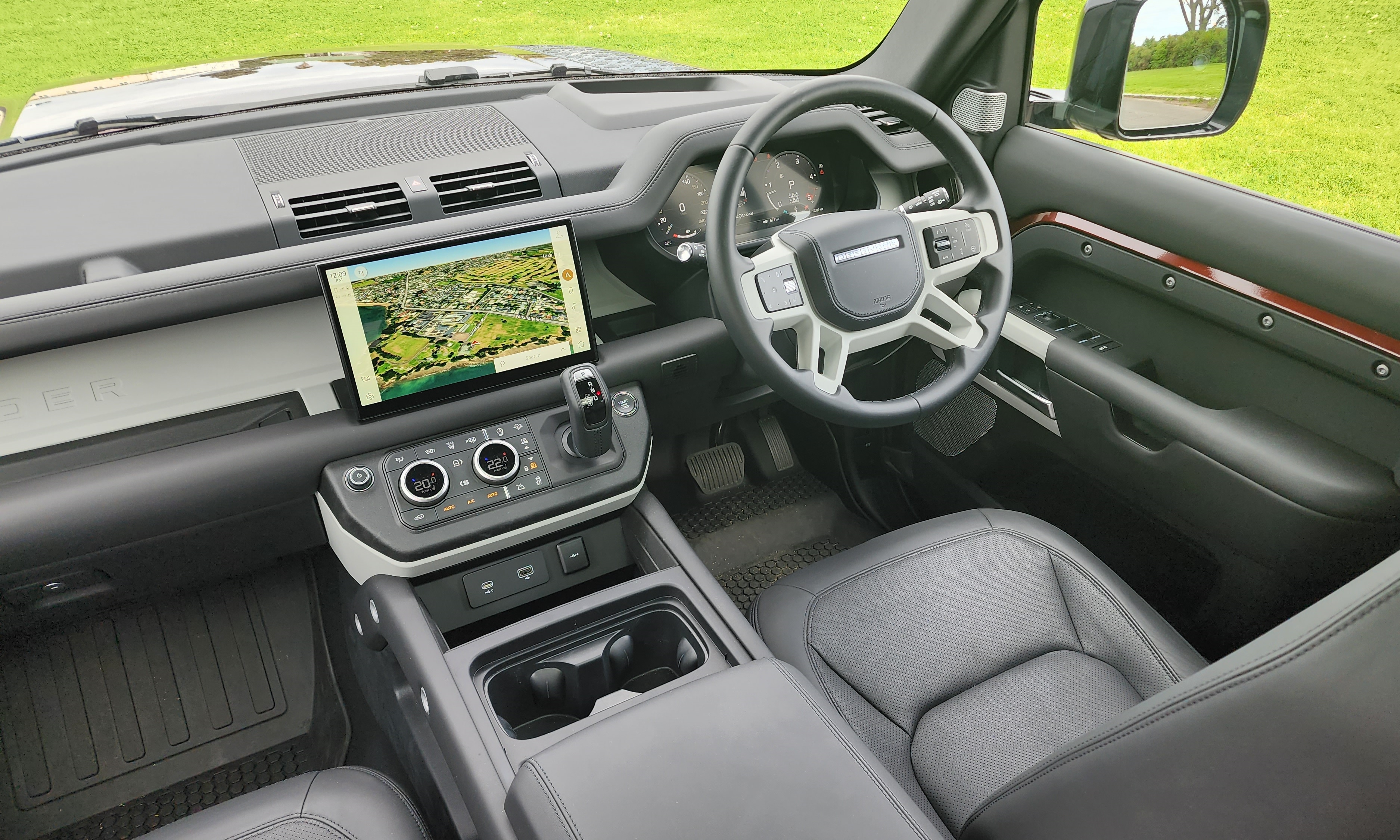
Negotiating your way through the various layers of body type, engine specification and equipment levels in the Defender lineup can be quite confusing. It’s a little easier with the 130: entry S ($142,900 is the least you can spend) or HSE, D300 twin-turbo diesel or P400 straight six petrol.
Our HSE D300 is $163,900, or $15k up on the equivalent Defender 110.
The diesel is an impressive thing: incredibly torquey (100Nm more than the petrol) with a decent turn of speed, yet remarkably refined in motorway running. Diesel just seems a bit more authentic for a Defender, too. Not to mention the fact it gets a slightly fancier “iAWD” system, as fitted to the latest Range Rovers.
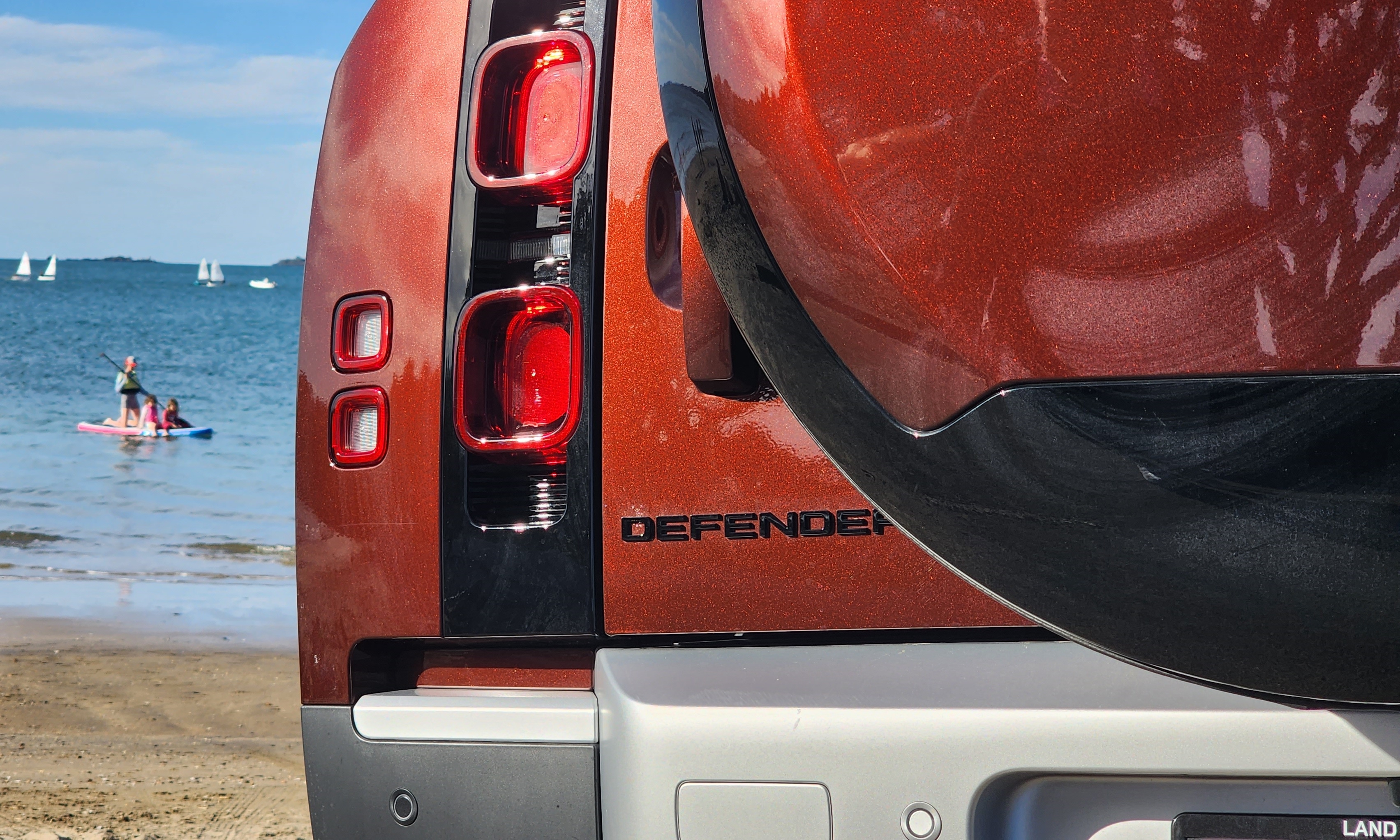
The 130 brings remarkably few practical downsides to the Defender package, but one is departure angle, thanks to that incredibly long overhang. The 130 can only manage 28.5deg at best, whereas an air suspension 110 in full off-road mode can achieve a deeply impressive 40deg. But a 130 will still go places that would make crossover SUVs shake in their après-hiking boots.
It’s not the prettiest thing in the lineup, but the 130 is still quite a headliner for the Defender range. Land Rover could have gone even further, of course, by allowing the option of a front jump-seat, like you can get in the 90. That would have made the 130 a nine-seater, which sounds even more impressive. But like we said, it’s not about the number of chairs.
LAND ROVER DEFENDER 130 HSE D300
ENGINE: 3.0-litre twin-turbo diesel six
POWER: 221kW/650Nm
GEARBOX: 8-speed automatic, AWD with low-range transfer
0-100KM/H: 7.5 seconds
CONSUMPTION: 8.2l/100km (NEDC), CO2 248g/km (WLTP)
PRICE: $163,900
















